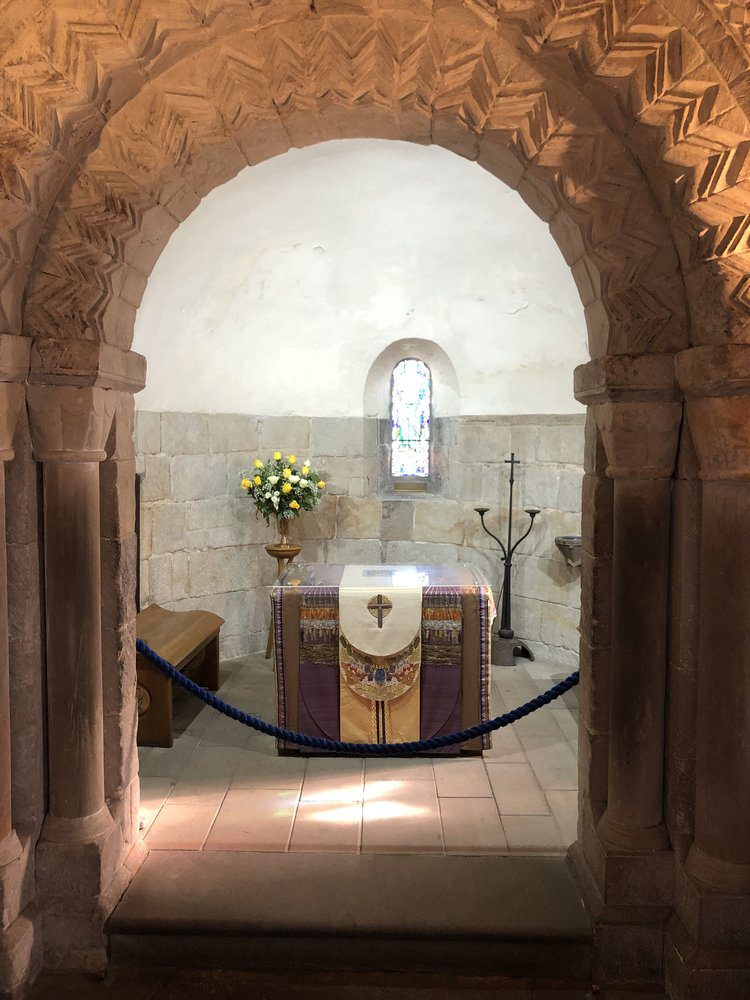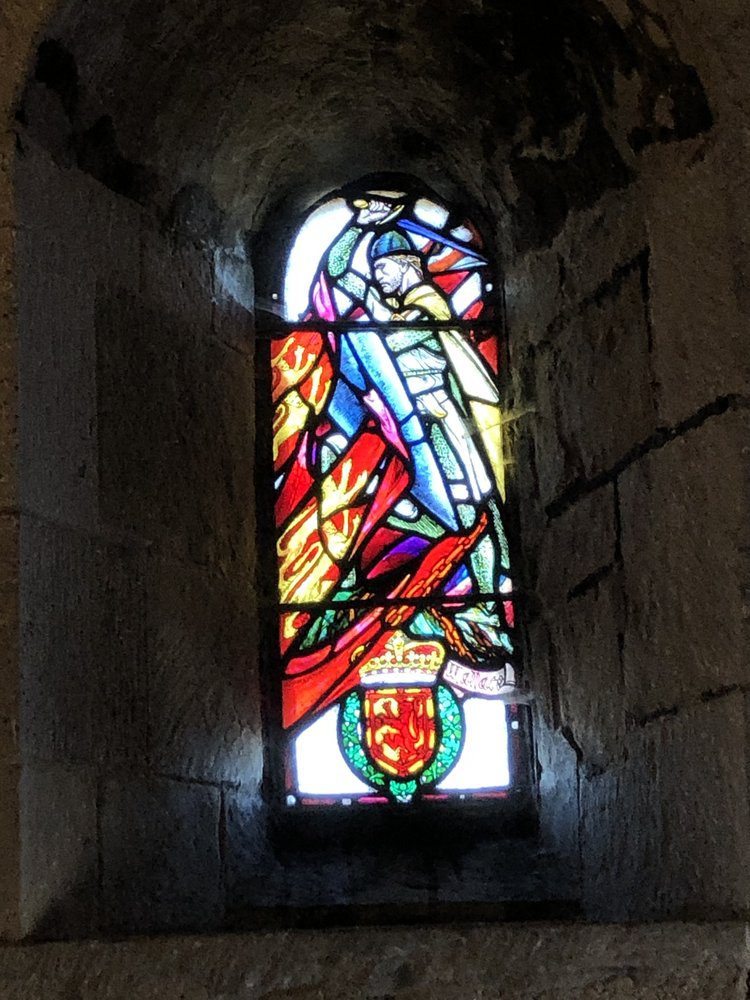Edinburgh’s architecture impresses with its grandeur and beauty. Most of these amazing buildings were created many years ago. It means that they witnessed key events in the history of the city. Of course, this feature significantly increases their value. Learn more at edinburgh-future.
Fortunately, local authorities are making every effort to preserve these unique objects. Take a walk along the city’s cosy streets and you will make sure of it by yourself.
St Margaret’s Chapel is rightly called one of the gems of old Edinburgh. This building is an example of Romanesque architecture. Its construction took place in the 12th century! Subsequently, the object was no longer used for its intended purpose. However, there was no mention of its demolition. The chapel was successfully restored in the 19th century.

Therefore, tourists and guests of the city have a unique opportunity to dive into the past by visiting this amazing place.
Historical personality
Before proceeding to the history of the chapel, it is fair to mention the woman in whose honour it is named.
We are talking about St Margaret of Scotland. She was an English princess who fled to Scotland with her family after the Norman Conquest of England in 1066. At a new place, the woman married Malcolm III around 1070.
Many sources testify that Margaret was very pious and actively engaged in charity.
The woman passed away at Edinburgh Castle in 1093, a few days after she had received the news of her husband’s death.
Margaret was canonised in 1250 by Pope Innocent IV.
History of the building

Returning to St Margaret’s Chapel, it was believed that St Margaret herself used to pray there. However, after the research, it became clear that the chapel’s architectural style testifies to its later construction. It was most likely created during the reign of David I, Margaret’s fourth son.
It should be noted that St Margaret’s Chapel was part of a larger building that housed the castle’s royal lodgings.
Death bed order
The castle was captured by Robert the Bruce on March 14, 1314. It caused the destruction of the castle itself, but the small chapel managed to survive.
Interestingly, when Robert I was on his deathbed in 1329, he decided to tell the story of St Margaret.
In addition, he ordered to restore the chapel.
St Margaret’s Chapel served liturgies, even though there was another, much larger chapel on the territory of the castle.
Difficult period
Many historical buildings went through difficult times. As for St Margaret’s Chapel, it was the period of the Scottish Reformation. Then the chapel ceased to be used for its intended purpose. From the 16th century, the building was turned into a powder warehouse.
In 1845, the building continued to function as storage premises until the antiquarian Daniel Wilson drew public attention to the value and significance of this object.
St Margaret’s Chapel was restored during 1851-1852. Queen Victoria actively supported the process.
Innovation
As a result of the restoration, a barrel vault was added, which kept the original architectural style of the chapel.
In the 19th century, architect Hippolyte Blanc proposed the expansion of the chapel, but his idea was rejected.
Later, some positive changes took place in the building again. In particular, it was decorated with stained glass in 1922.
In 1929, the chapel underwent further repair work to return it to operation. As a result, St Margaret’s Chapel was completely restored and consecrated on March 16, 1934.
Interesting feature

Another and no less interesting aspect of the history of St Margaret’s Chapel is the St Margaret’s Chapel Guild (hereinafter – the Guild), which was created in 1942.
The Guild repaired the chapel in 1993, for the 900th anniversary of the death of St Margaret. As a result, new benches, an alms chest, a flower stand and a showcase appeared in the building. In addition, the members of the Guild always supply the chapel with fresh flowers.
Even though St Margaret’s Chapel is very old, it continues to hold weddings and baptisms ceremonies.

Thus, St Margaret’s Chapel belongs to those old Edinburgh objects that continue their operation despite their respectable age. Of course, it wouldn’t be possible without the contribution of people who cared about the fate of the significant building. Such historical monuments need support to prolong their existence.